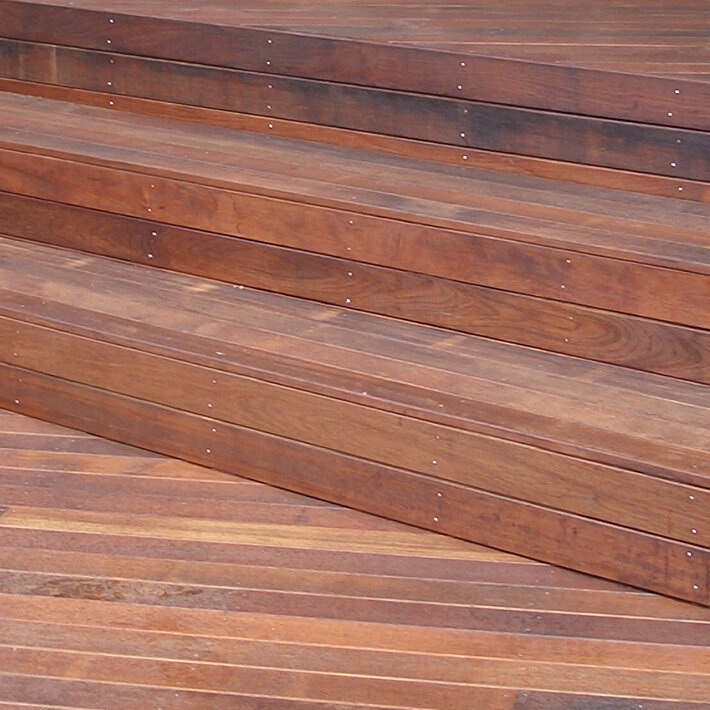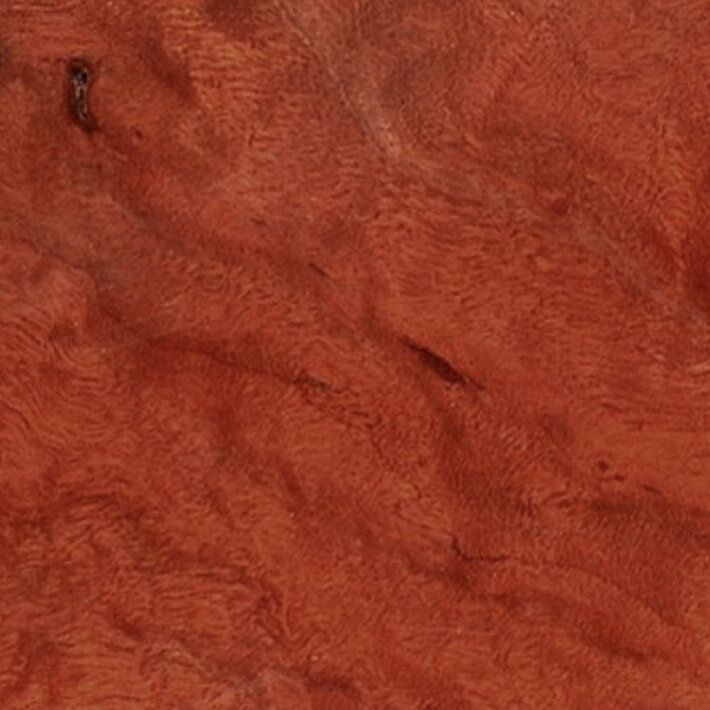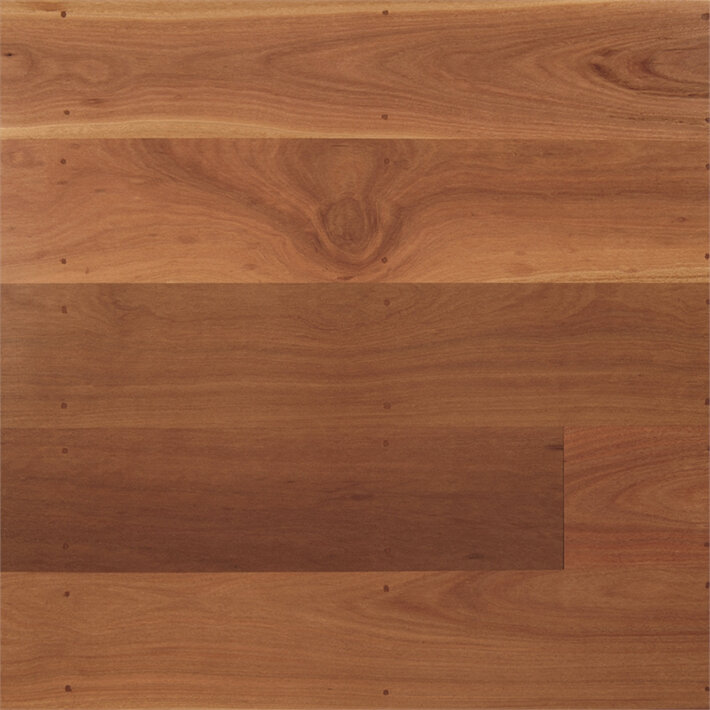Timber Guide.
>
We could talk all day about timber. As a carpenter with over two decades of experience in woodwork, there is so much to love and learn about our most cherished resource. In many of our builds, we source and champion recycled and upcycled timber (as well as new) to make standout and eco-sensitive living spaces.
At Ascot, we believe knowledge transfer is important so you can make an informed choice when it comes to timber – not only for your build, but for story that accompanies it. Things to consider when deciding on your next piece of timber include density, strength, aesthetic, age, and bushfire resistance, amongst many other factors.
We are committed to educating our clients on all things timber. Take your time to read our Timber Guide or contact us for more information.

A mix of Baltic Pine, Vic Ash, and reclaimed bi-fold windows from a local tavern creates interest in this island Boathouse.

Recycled hardwood lining.

Finished recycled Blackbutt beams as a feature to the entry of a custom-built home.

In this custom-built home, we heroed recycled solid turpentine wharf timber (stair treads 280x70mm, offset by a 200mm RHS steel centre stringer) for a unique finish.

Recycled red brick created a fitting contrast to a bold design.
Reclaimed & Recycled Wood
| Pro | Con | |
|---|---|---|
| Quality & Strength | Up to 40 points harder on the Janka Hardness Scale compared to plantation wood, given recycled wood often comes from old-growth trees. This also means the timber is less likely to split or move, given it has experienced up to decades of drying process. | Tends to be heavier. Also often contains bolt or nail fixings, which take extra time to remove, are harder on power tools, and require more manual labour. For this reason, I don’t recommend recycled flooring. |
| Aesthetic | Due to the ageing and weathering process, reclaimed wood has a desirably unique look that’s hard to find in new materials. Also, its far less problematic. | Given there is such a high demand for this type of aesthetic, recycled wood can be expensive. |
| Interest | Reclaimed timber has a story to tell, which ultimately adds appeal to your finished project. Sources of reclaimed material include wharfs, bridges, and old buildings (whether demolished or where timber structural beams are replaced with steel). | Usually comes in random lengths and sizes. Special consideration should be taken at the start of the build to source material to ensure no hold-ups to your project. Material size may also influence the design stage. |
| Size | Recycled timber is very large (it’s not uncommon for post sizes to be 400x400mm in Class A timber). Even if you could source this size in new timber, the risk of the post or beam splitting during drying process is far greater. | Logging in Australia is a contentious issue, and many people are mindful these trees are often sourced from old growth forests. |
| Bushfire Accepted Timber | Most structural species available far exceed bushfire application requirements up to BAL 29Most structural species available far exceed bushfire application requirements up to BAL 29. | There’s extra cost in manual labour, given the heavy weight of the timber (sometimes needed to be crane-lifted in). |
High Density Timbers.
In Australia, there are residential building standards for bushfire protection, aimed at improving the ability of a building to withstand a bushfire. These are called BAL ratings and AS3959. Also relevant is the Janka Hardness Scale, which is a standardised test used to determine the hardness and density of hardwood and bamboo floor.
Australia has a number of high density timbers that provide an inherent natural bushfire resistance. Seven of these are defined as bushfire-resistant timbers and are specified in AS3959. They are solid, dense hardwoods that performed well in extensive fire testing. Whilst the BAL-29 standard specifies high density timber for some applications, they can be used more extensively for peace of mind. AS3959 specifies the use of special timbers in some applications. The most common construction timbers from these lists are:
| Code | Description |
|---|---|
| BAL-LOW | Normal timber and other light-weight cladding materials. |
| BAL-12.5 & BAL-19 | Bushfire-resistant timbers or timber species listed in AS3959 Table E1 (species with density of 750kg/m³ or greater) |
| BAL-29 | Bushfire-resistant timber and sarking to the outside of the frame. |
| BAL-40 & BAL-FZ | Fire resistance level of 30 minutes (FRL 30/30/30) required. This can be achieved with a moisture resistant fire-grade plasterboard and timber system which will actually give a higher rating (16mm fire grade plasterboard provides FRL 60/60/60). |
Bushfire Resisting Timbers (BRTSs)

Blackbutt

Kwila (Merbau)

Red Ironbark

River Red Gum

Silvertop Ash

Spotted Gum

Turpentine
Blackbutt
| Pros | Cons |
|---|---|
| Readily available in decking | Tendency to surface check and split |
| Highly durable and hard, Class 1, Janka rating of 9.1 | High tannin content – may leech when wet |
| 1 of 7 hardwoods recommended by the building commission for bushfire prone areas | Mostly supplied in random lengths |
Kwila (Merbau)
| Pros | Cons |
|---|---|
| Highly durable and dense | High tannin content - can stain whilst drying out |
| Rot, termite, and weather resistant, Class 1 | High environmental impact through unsustainable logging practice |
| Widely available and versatile sizes | High tannin leach |
| Comes in long straight lengths and easy to work with | |
| anka rating 8.5 - This is the benchmark for decking |
Red Ironbark
| Pros | Cons |
|---|---|
| High rot and termite resistance | Hard to work with |
| Very high durability, hardness, and density | ends to snap fixing when moving |
| Widely available | Expensive |
| Used for over 200 years in heavy construction | Difficult to penetrate with an oil due to density |
| Class 1, Janka rating of 14 | Mostly supplied in random lengths |
| 1 of 7 hardwoods recommended by the building commission for bushfire prone areas | Red ironbark is lyctid borer susceptible |
Sivertop Ash
| Pros | Cons |
|---|---|
| Less expensive hardwood decking | Termite-prone |
| 1 of 7 hardwoods recommended by the building commission for bushfire prone areas | Relatively prone to surface check and split |
| Janka hardness rating of 9.5 | Not as durable as other Australian hardwoods |
| Widely available | Light to medium feature present in timber |
| Easy to work, excellent for nailing and screwing | Class 2 |
| Accepts coatings and preservatives well | |
| Can be supplied in set lengths |
River Red Gum
| Pros | Cons |
|---|---|
| Termite resistant | Some gum veins present in timber |
| Readily available | Mostly supplied in random lengths |
| I have noticed sleepers inground rotten after 10 years |
Spotted Gum
| Pros | Cons |
|---|---|
| Readily available throughout Australia | Expensive |
| 1 of 7 hardwoods recommended by the building commission for bushfire prone areas | Can be difficult to work with |
| Highly durable, dense, and hard, class 1, Janka rating 11 | Mostly supplied in random lengths |
| Widely available | Lyctid borer susceptible |
| Little tannin leach | |
| Sustainably sourced |
Turpentine
| Pros | Cons |
|---|---|
| High rot and termite resistance Janka rating of 12 | Although listed as class 2 in ground I have noticed samples seem to buckle and loose integrity - split |
| Very high durability, hardness and density. Very hard to burn | Very expensive |
| Personally find it easy to work with |